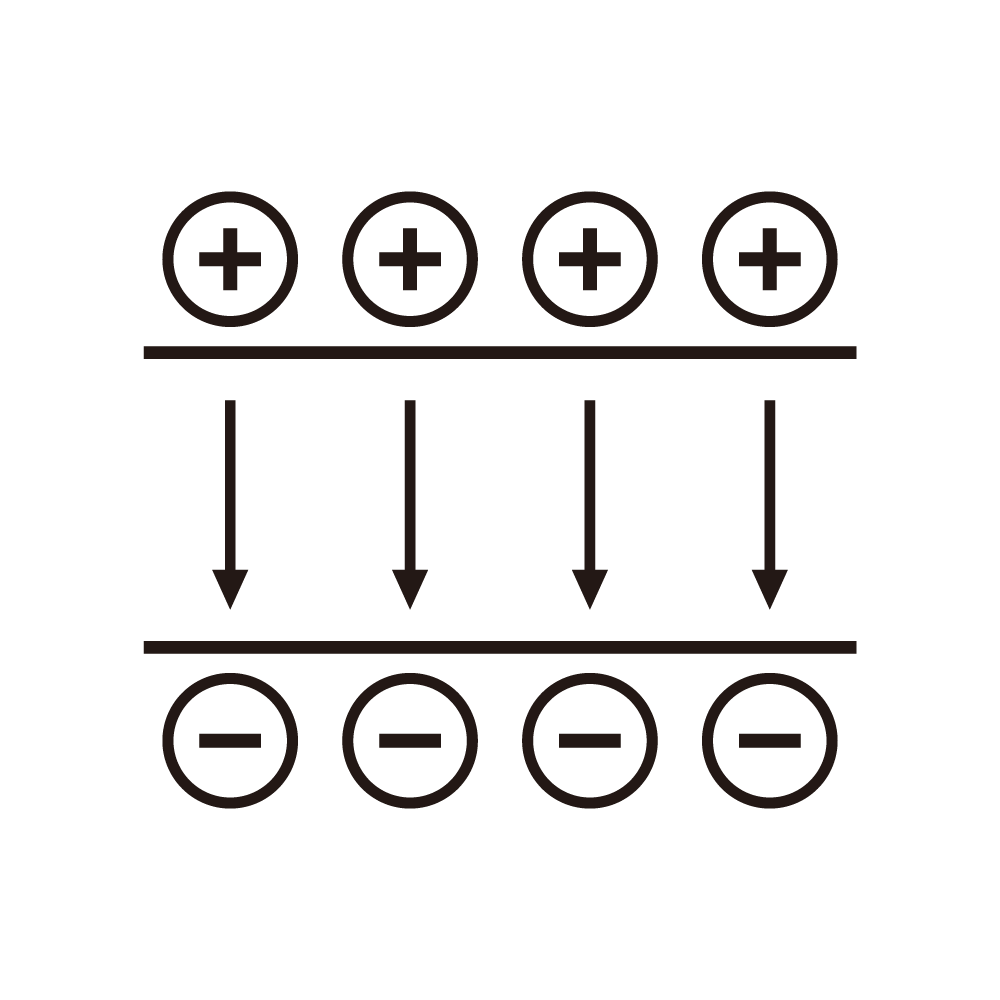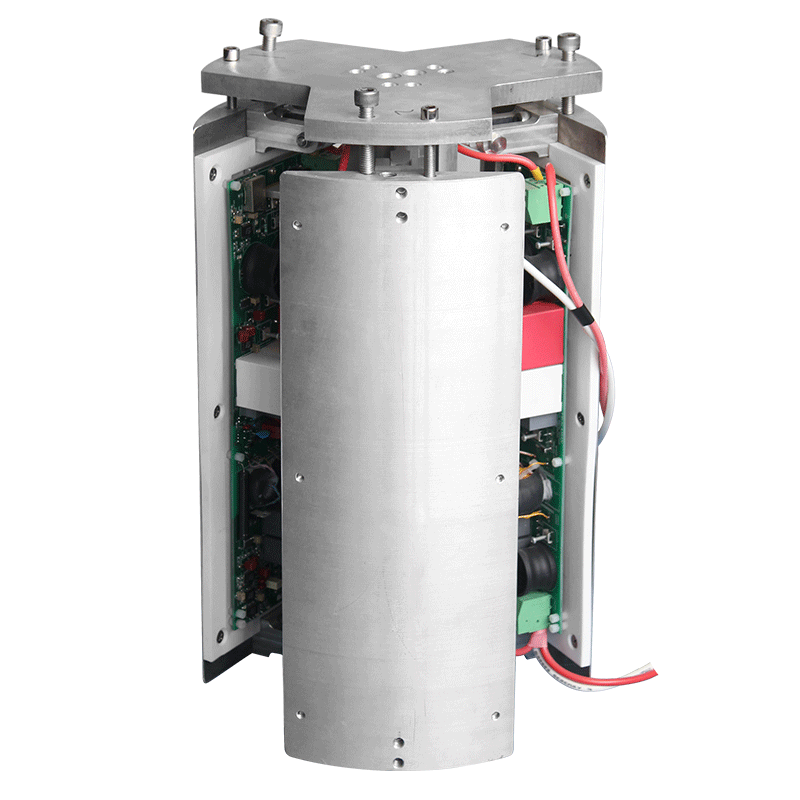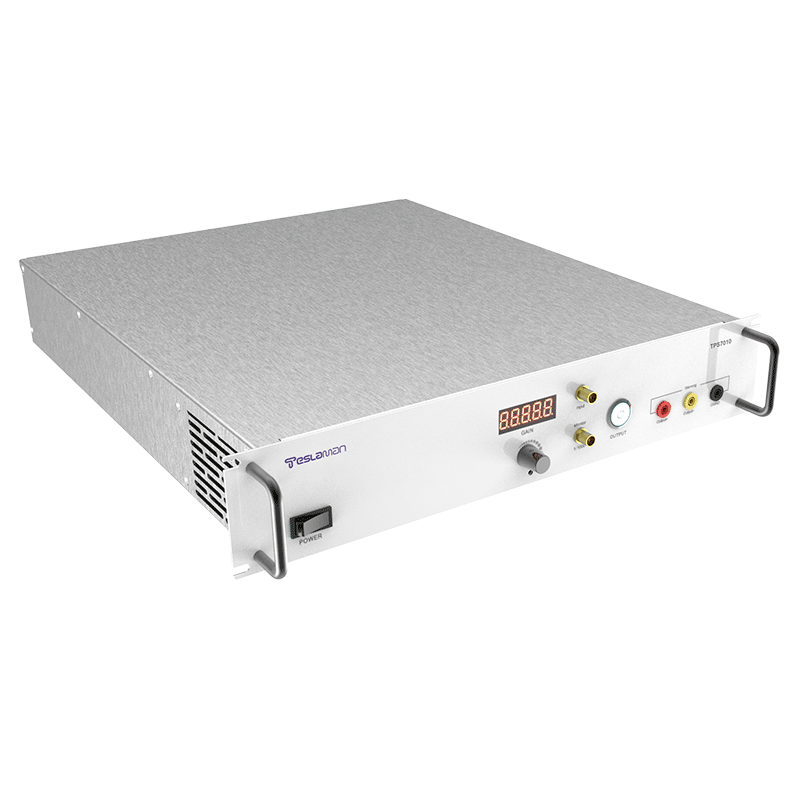The Key Influence of Coating High-Voltage Power Supply on the Optical Properties of Coating Layers
In the modern optical field, the application of thin film technology is becoming increasingly widespread. As an important device in the thin film preparation process, the coating high-voltage power supply plays a crucial role in the optical properties of the coating layers.
The coating high-voltage power supply provides a high voltage to excite gas discharge during the coating process, generating a plasma environment. This plasma environment has a significant impact on the growth and structural formation of the thin film. Firstly, the high-energy particles in the plasma can increase the kinetic energy of the deposited atoms, enabling the atoms to migrate and arrange more effectively on the substrate surface, thus forming a denser and more uniform coating layer structure. This dense structure helps to reduce the scattering loss of the coating layer and improve the optical properties such as the transmittance and reflectance of the coating layer.
For example, when preparing anti-reflective coatings, precisely controlling the parameters of the high-voltage power supply, such as the voltage amplitude, frequency, and duty cycle, can adjust the density and energy distribution of the plasma, thereby affecting the thickness and refractive index distribution of the coating layer. An appropriate thickness and refractive index distribution of the coating layer can effectively reduce the reflection of light on the surface of the coating layer and increase the light transmittance, which is crucial for optical components such as optical lenses and solar cells.
In addition, the stability of the coating high-voltage power supply also has an important impact on the optical properties of the coating layer. An unstable high-voltage power supply may lead to unstable plasma discharge, which in turn makes the growth process of the coating layer uneven. This unevenness may be manifested as fluctuations in the thickness of the coating layer and inconsistencies in the refractive index, thus affecting the optical properties of the coating layer. Therefore, in order to obtain high-quality optical properties of the coating layer, it is necessary to ensure that the high-voltage power supply has good stability and precise parameter control capabilities.
In practical applications, by optimizing the design and operating parameters of the coating high-voltage power supply, precise control of the optical properties of the coating layer can be achieved. For example, the adoption of advanced power supply control algorithms and feedback systems can real-time monitor and adjust the state of the plasma to ensure the stability and consistency of the coating layer growth process.
In conclusion, the coating high-voltage power supply plays an irreplaceable role in the regulation of the optical properties of the coating layer. In-depth research and optimization of the performance and parameters of the high-voltage power supply are of great significance for improving the optical properties of the thin film and promoting the development of the optical field.




















